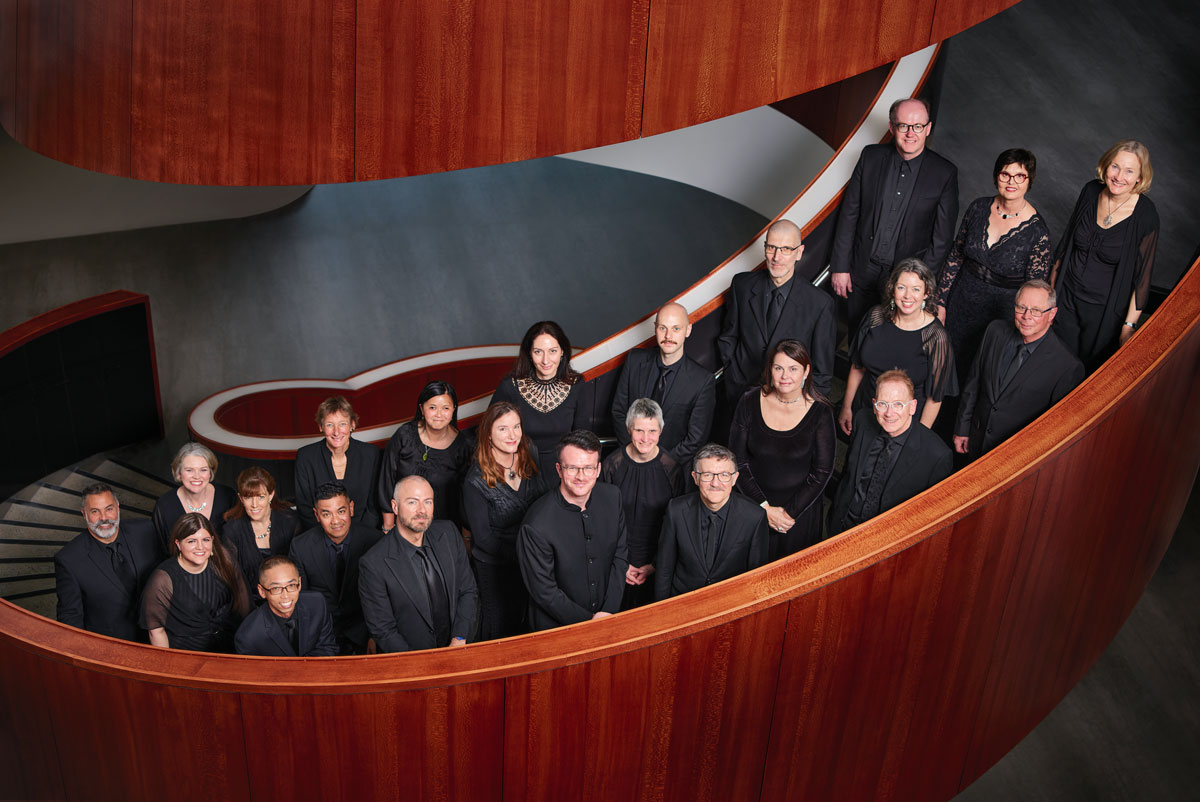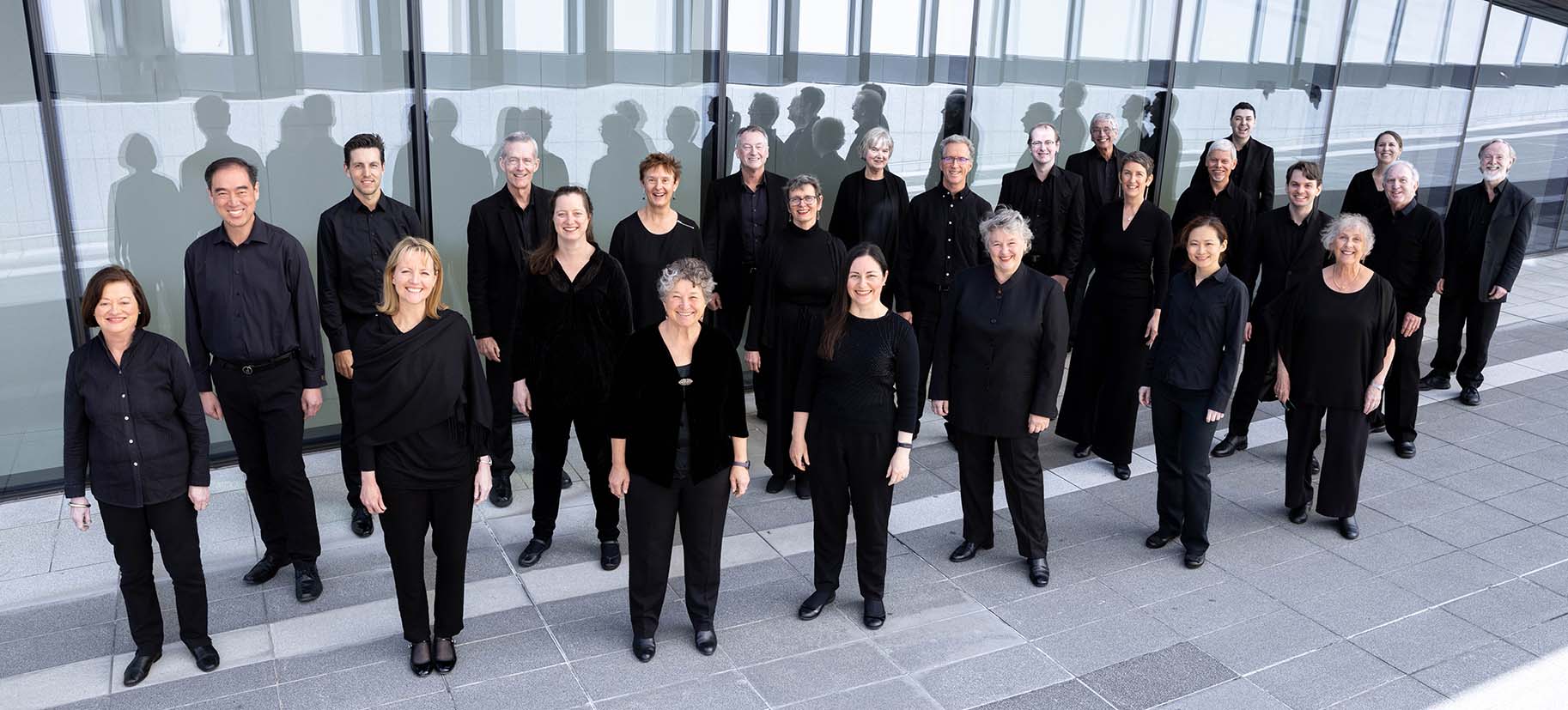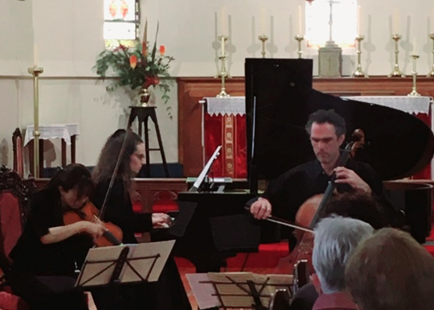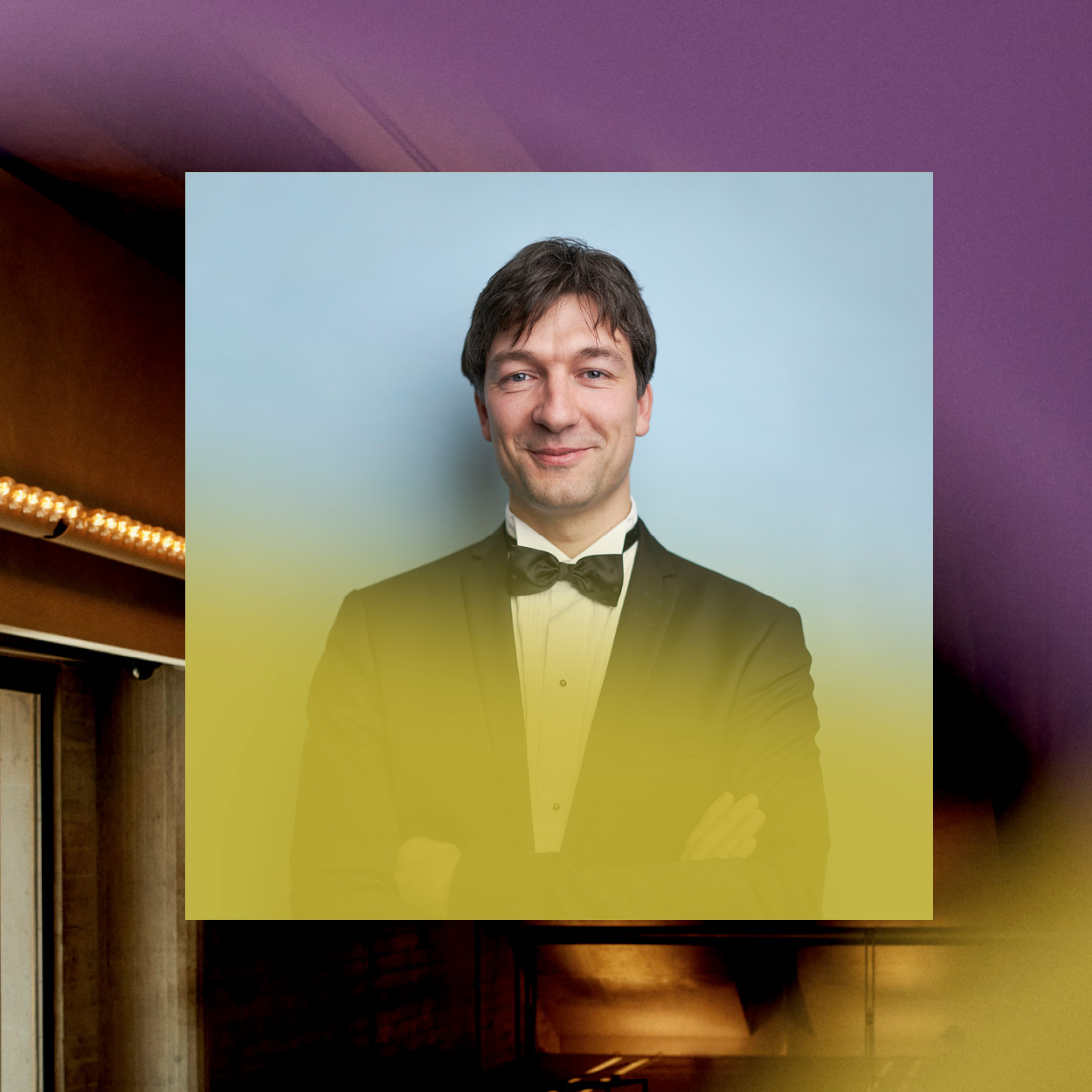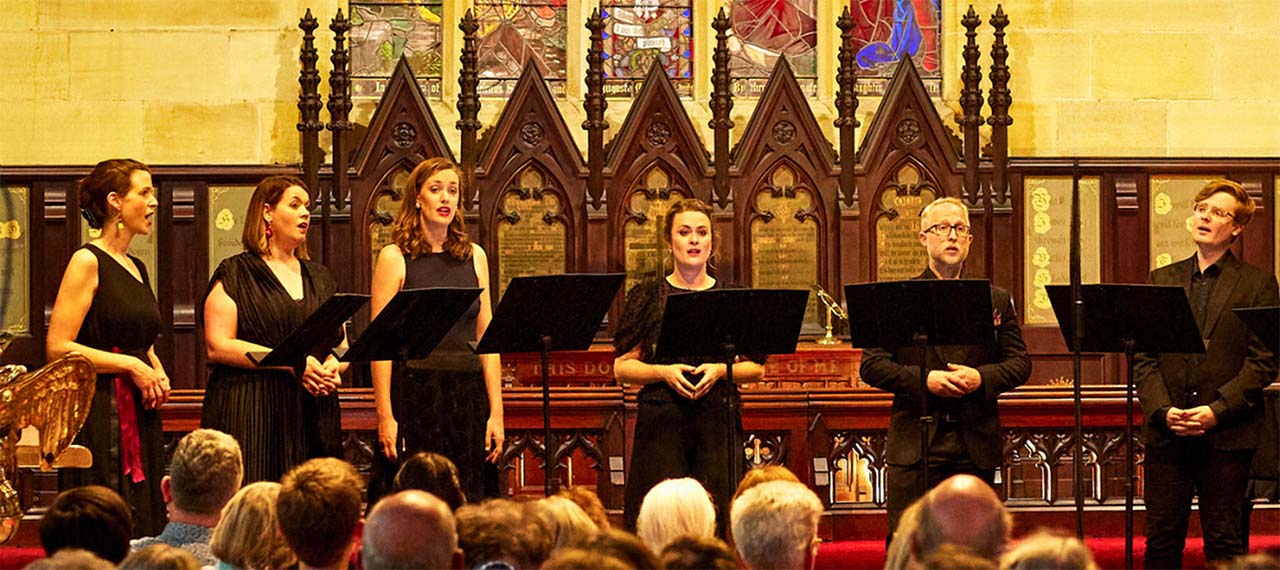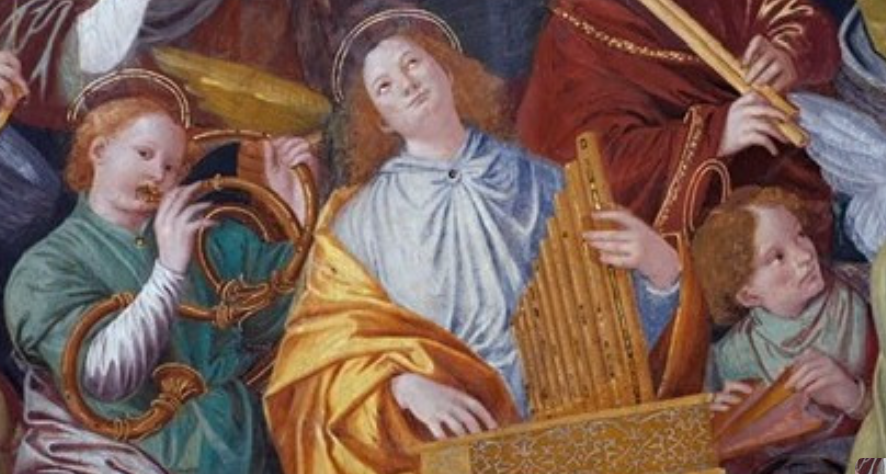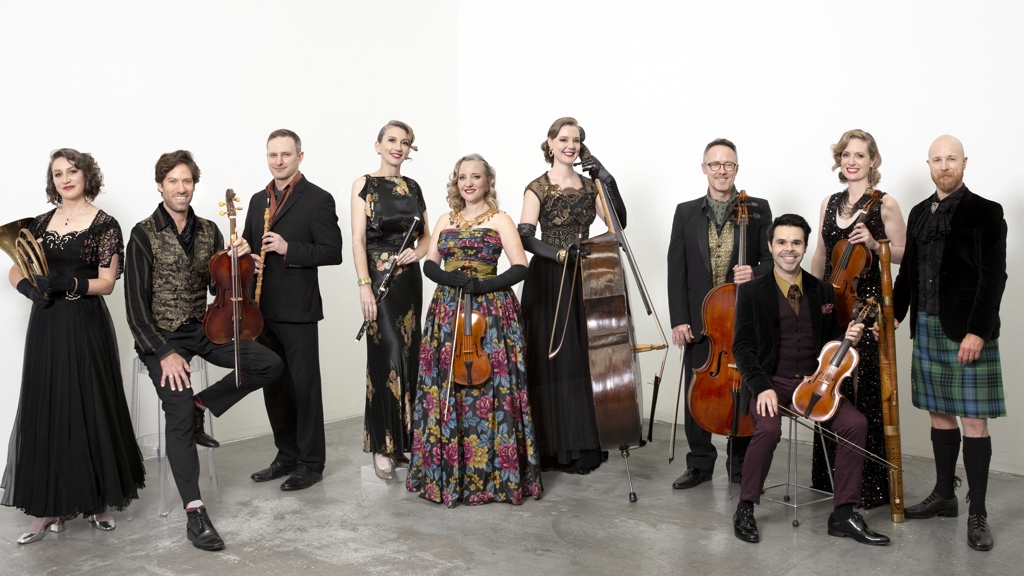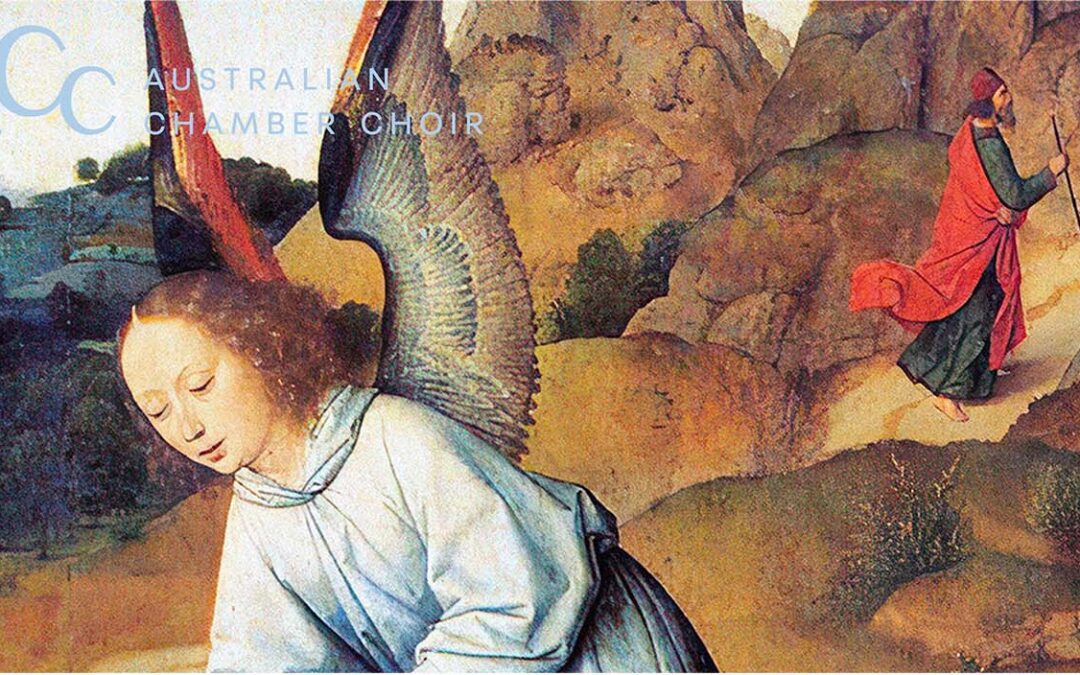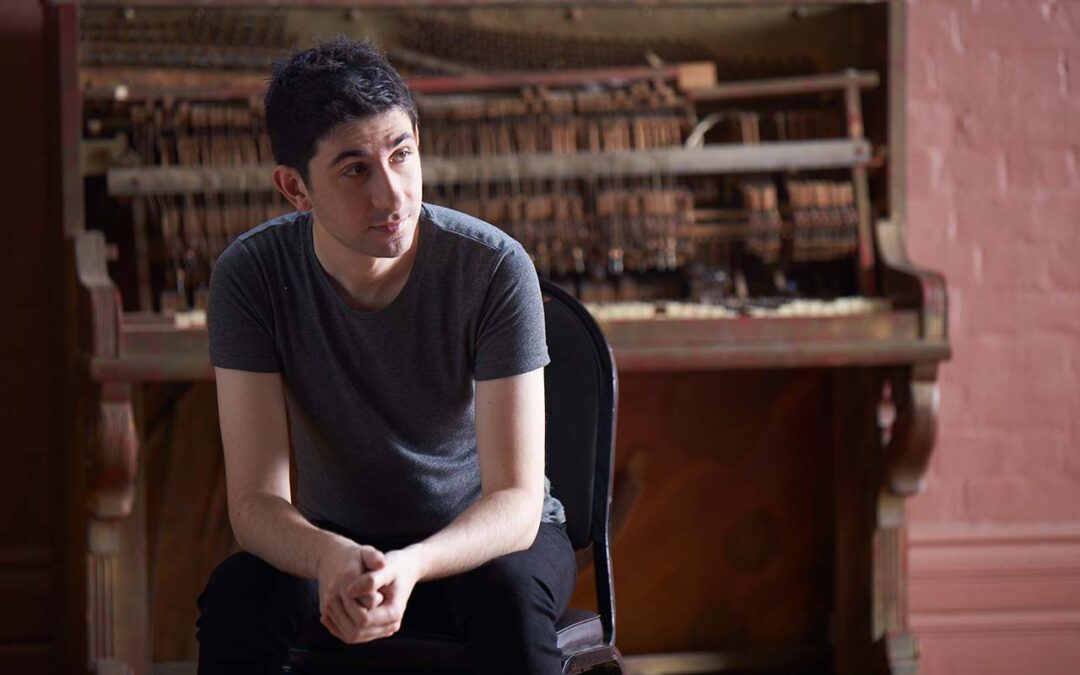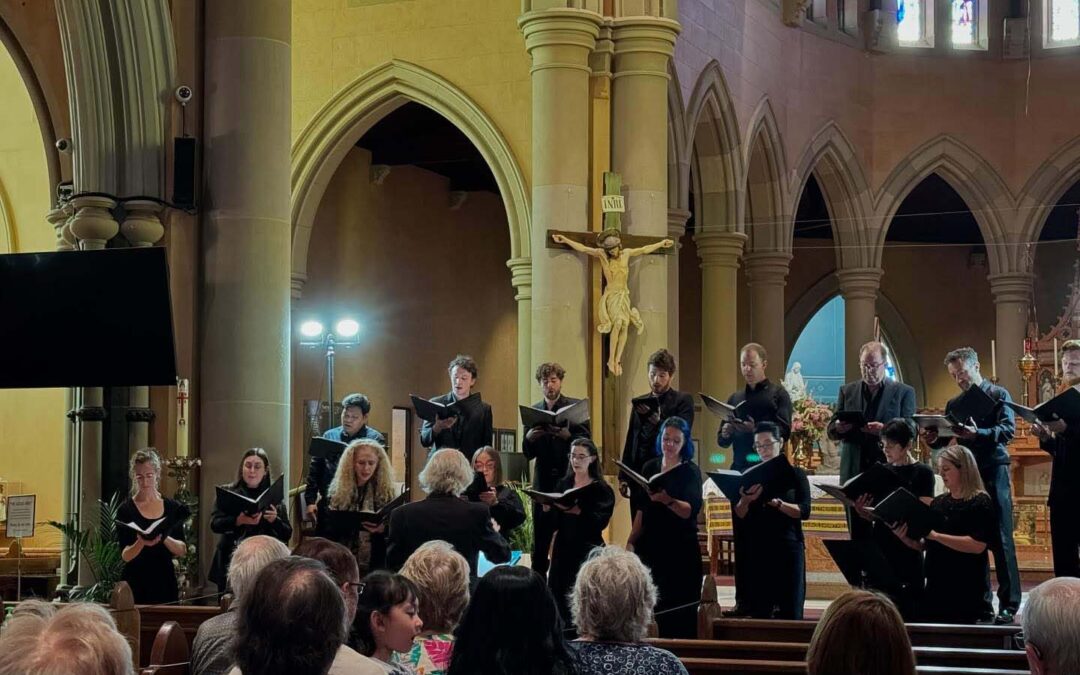It is really refreshing to attend an event featuring an amateur orchestra and choir performing with proceeds going to Indigenous education, and doubly so when the work chosen is none less than Beethoven’s 9th Symphony, a massive undertaking even for full time musicians.
Peter Ellis hails from Yorkshire and studied at Birmingham and London before making Australia his home in 2002. He was Director of Music at St James’ Kings St and then at St Luke’s Mosman as well as being Choral Director of Barker College which involved overseas tours to numerous centres in Europe and the USA. Since 2015, he has directed the Willoughby Symphony Choir and appeared with other orchestras mainly on the North Shore. How he also has time to teach and play the organ and harpsichord continuo is a matter for conjecture.
Here, the Willoughby choir was joined by the Eastern Sydney Chamber Orchestra and Choir. As is usual on these occasions, the orchestra took its time to warm up but then settled into a suitable unit under very energetic direction. The four horn players all used natural instruments – that is, without valves – which makes a very difficult instrument to play even more so. One of the three trombonists also played in a natural mode. I was particularly impressed by the bassoonists, namely Jeremy Visser and Chris Bertram. Percussion is more prominent in this work than in any other of Beethoven’s and was performed accurately and expressively. Overall, the orchestral movements made easy listening and even the Trio, notoriously difficult for wind instruments, came over well.
The highlight of course is the final movement, the first ever symphony to feature human voices, setting the tone for many works in the future as did the reversal of normal format for the 2nd and 3rd movements. The choir was clearly well-trained, and the clarity and tone of their singing seemed to give extra energy to the orchestra. The four soloists are the pivotal part of the work while the choir forms a chorus singing the words from Schiller’s Ode to Joy. Beethoven added some of his own text while there is speculation that Schiller originally wrote an “Ode to Freedom” (Ode an die Freiheit) and it was this that drew the composer’s attention. The format is unusually staccato with a shout to God being followed by an outspoken Turkish March and a rustic episode also interposed.
The soloists were all experienced artists as would be expected. Pamela Andrews (soprano) has appeared as soloist with several orchestras in Sydney and in Tasmania and also sings with Opera Australia. Genevieve Dixon (mezzo) trained in Melbourne and is a principal artist with Coast Opera. She gave a recital of songs by Ross Fiddes at this year’s Newcastle Music Festival. Joshua Oxley (tenor) is resident soloist for St Andrew’s Cathedral. He has sung in numerous operatic roles for Opera Australia and Opera Hunter and has won numerous prizes and awards. Daniel Macey (baritone) has sung with Opera Australia and Pacific Opera and will be singing in the former’s tour of Carmen. He has also performed in Italy and Hawaii.
Their experience formed an excellent balance with the choir, and the orchestra rose to the occasion although the acoustics were on the flat side. To many of the audience, this was a first experience and they were suitably impressed. It was an interesting and successful experiment, and an excellent seasonal contribution to a deserving charity.
Thoughts about:
![]()
![]()

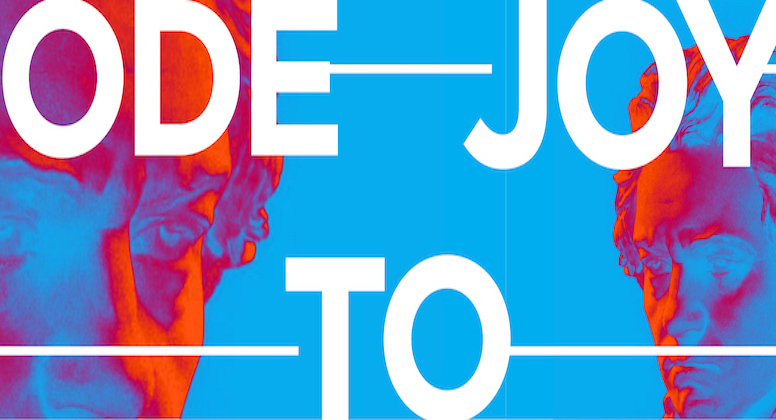
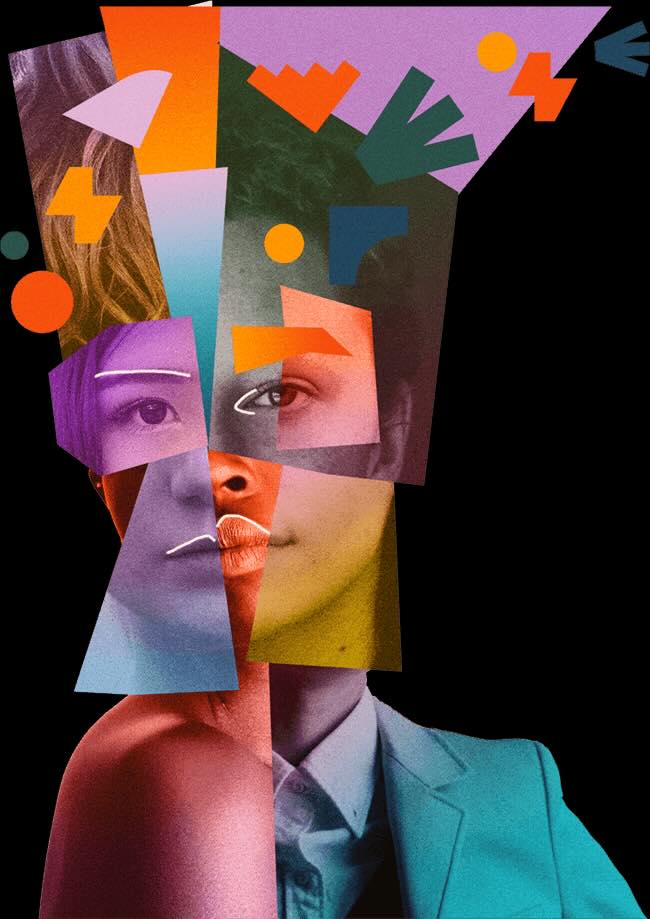


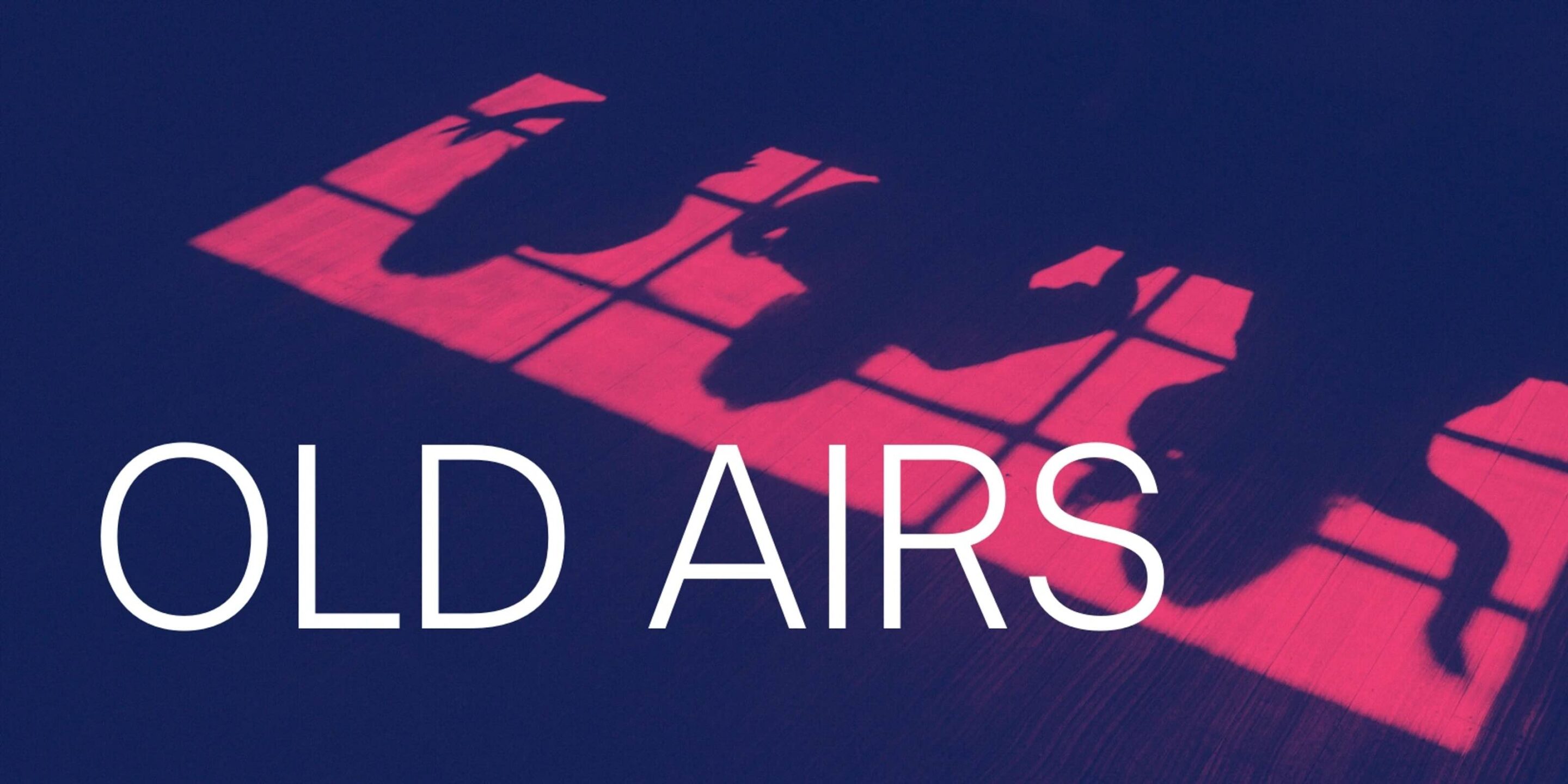
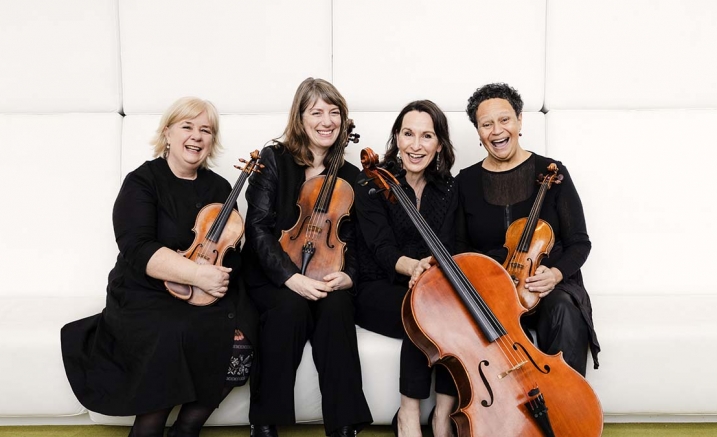


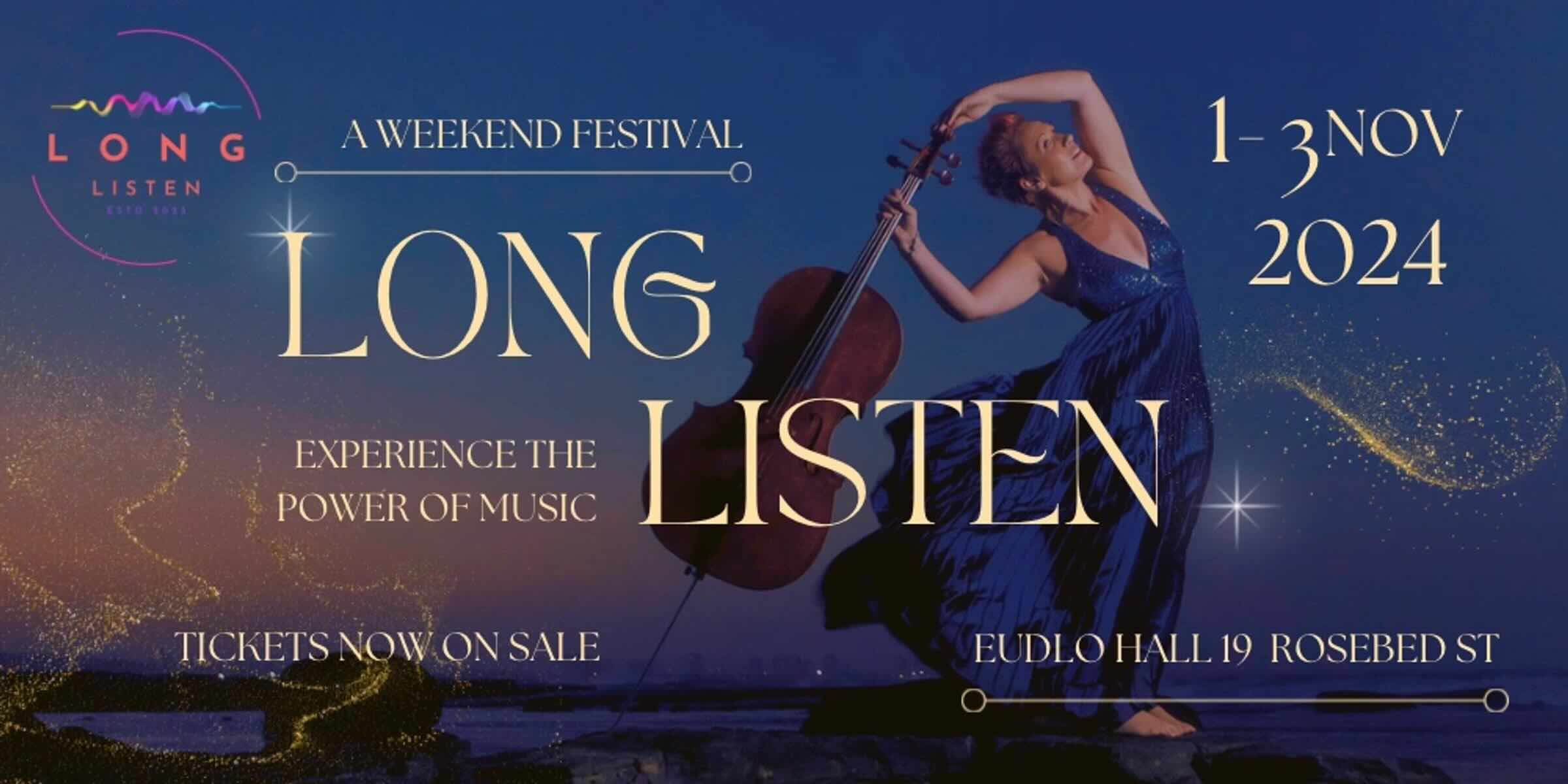
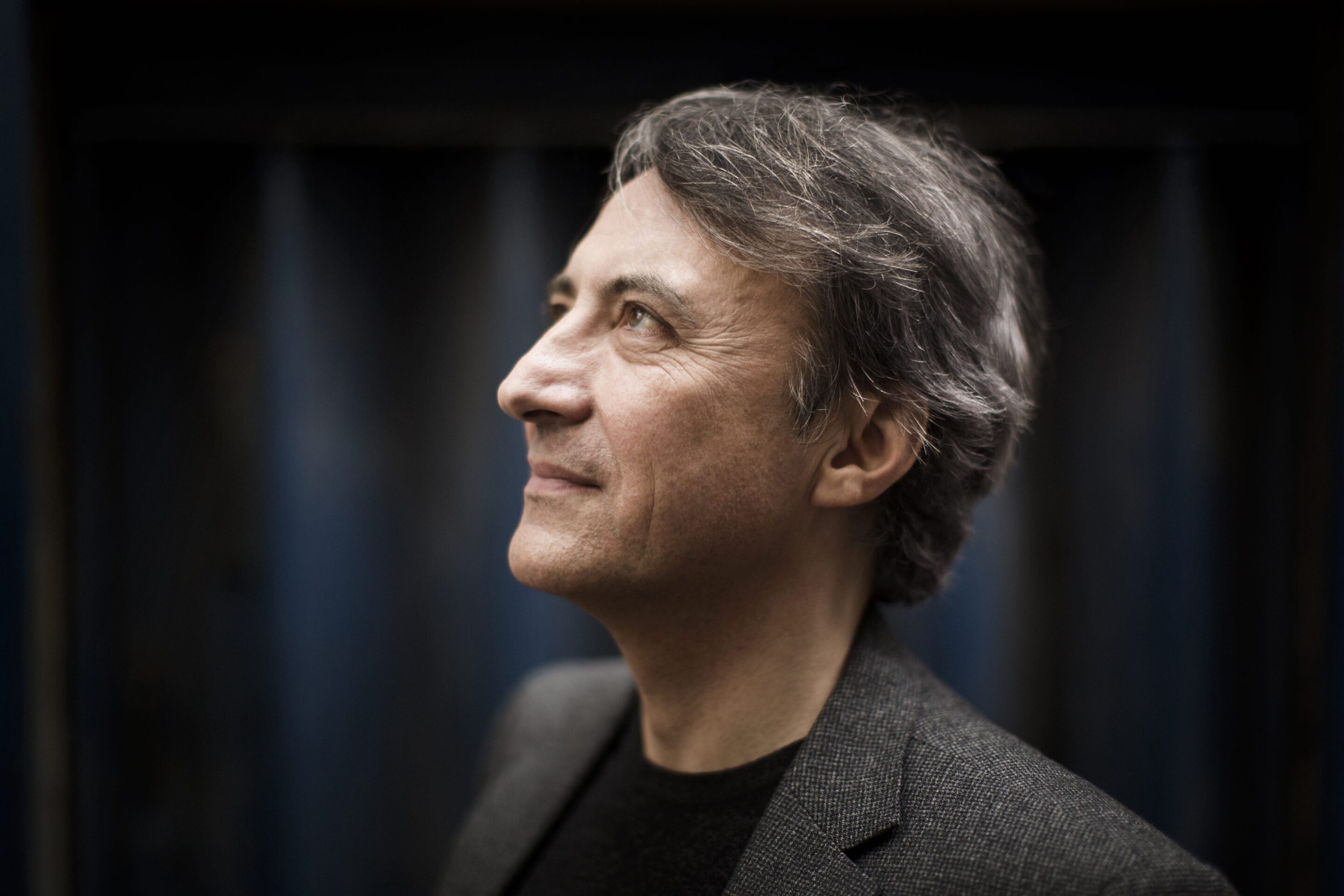

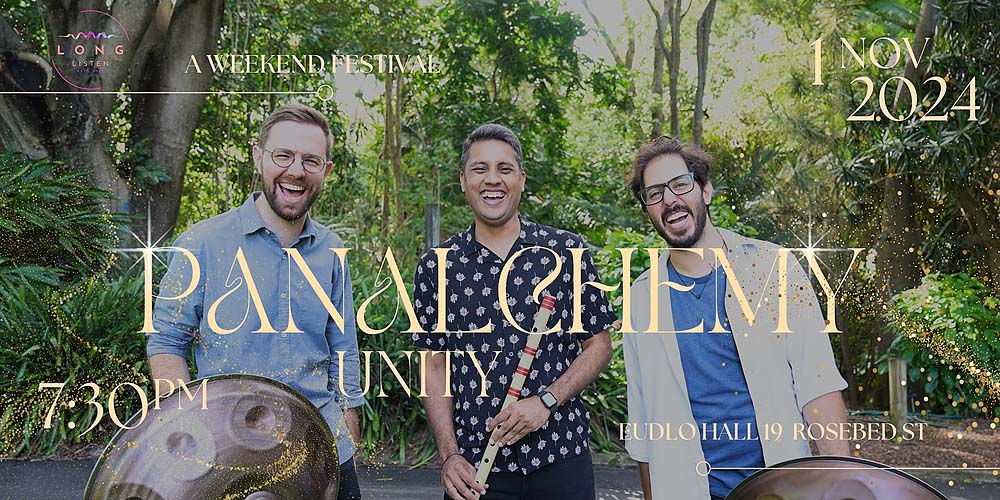

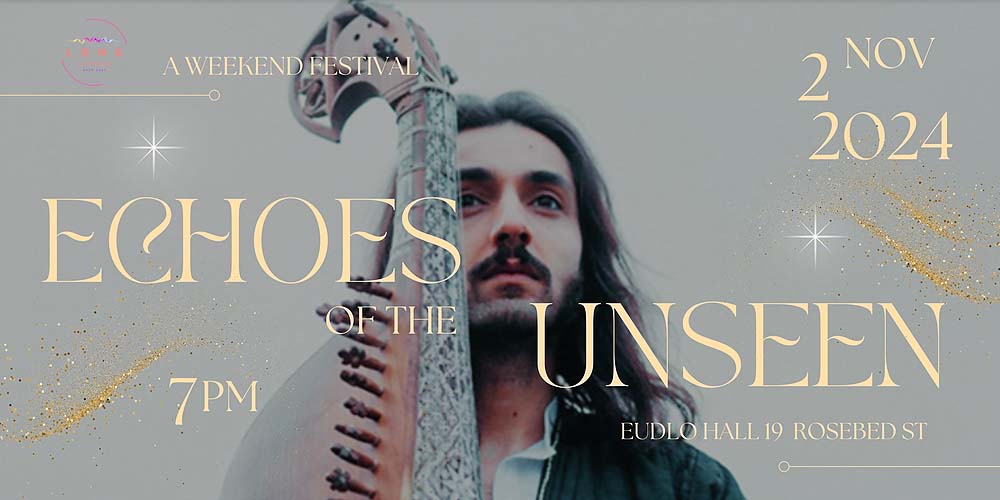
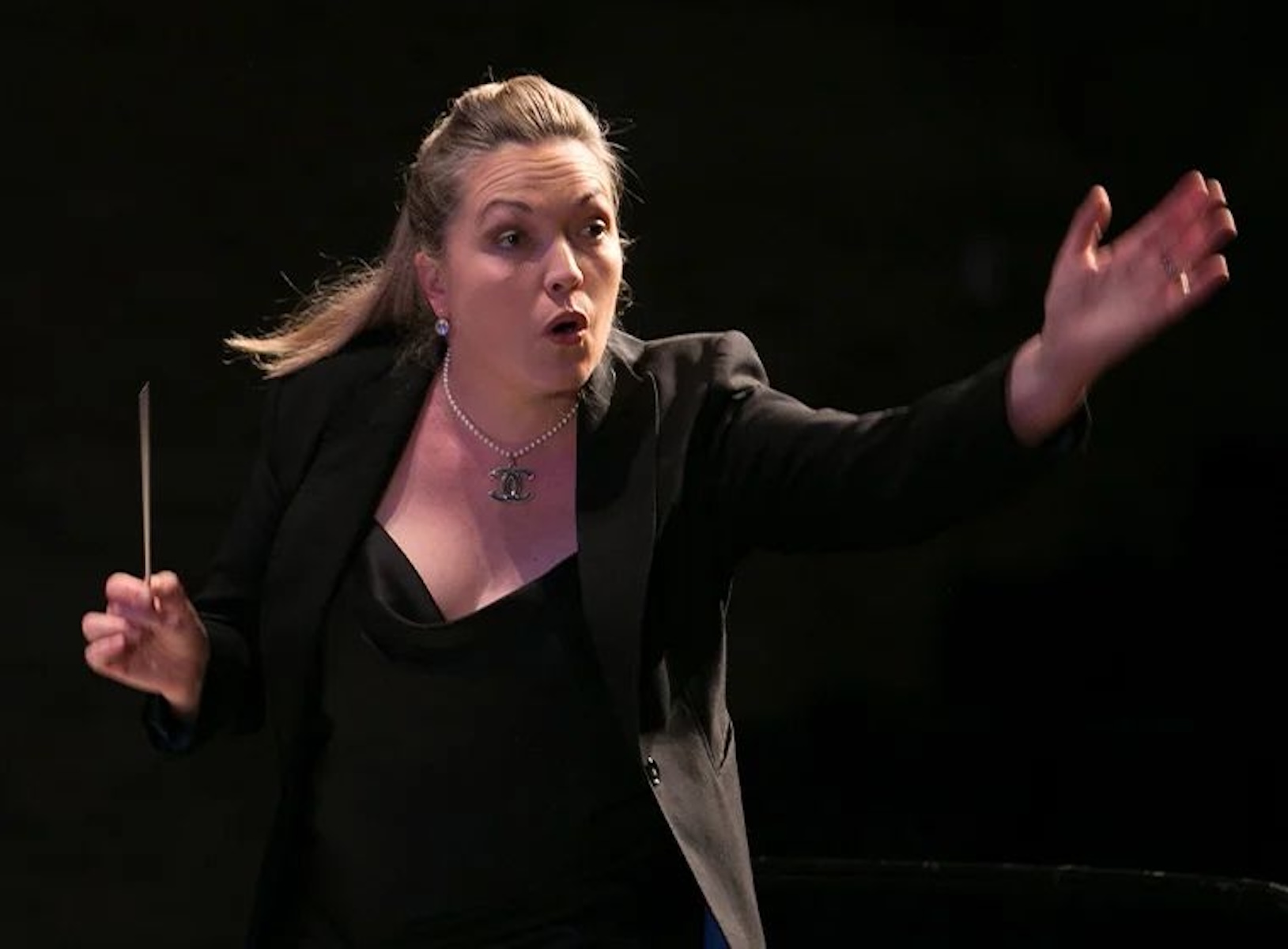
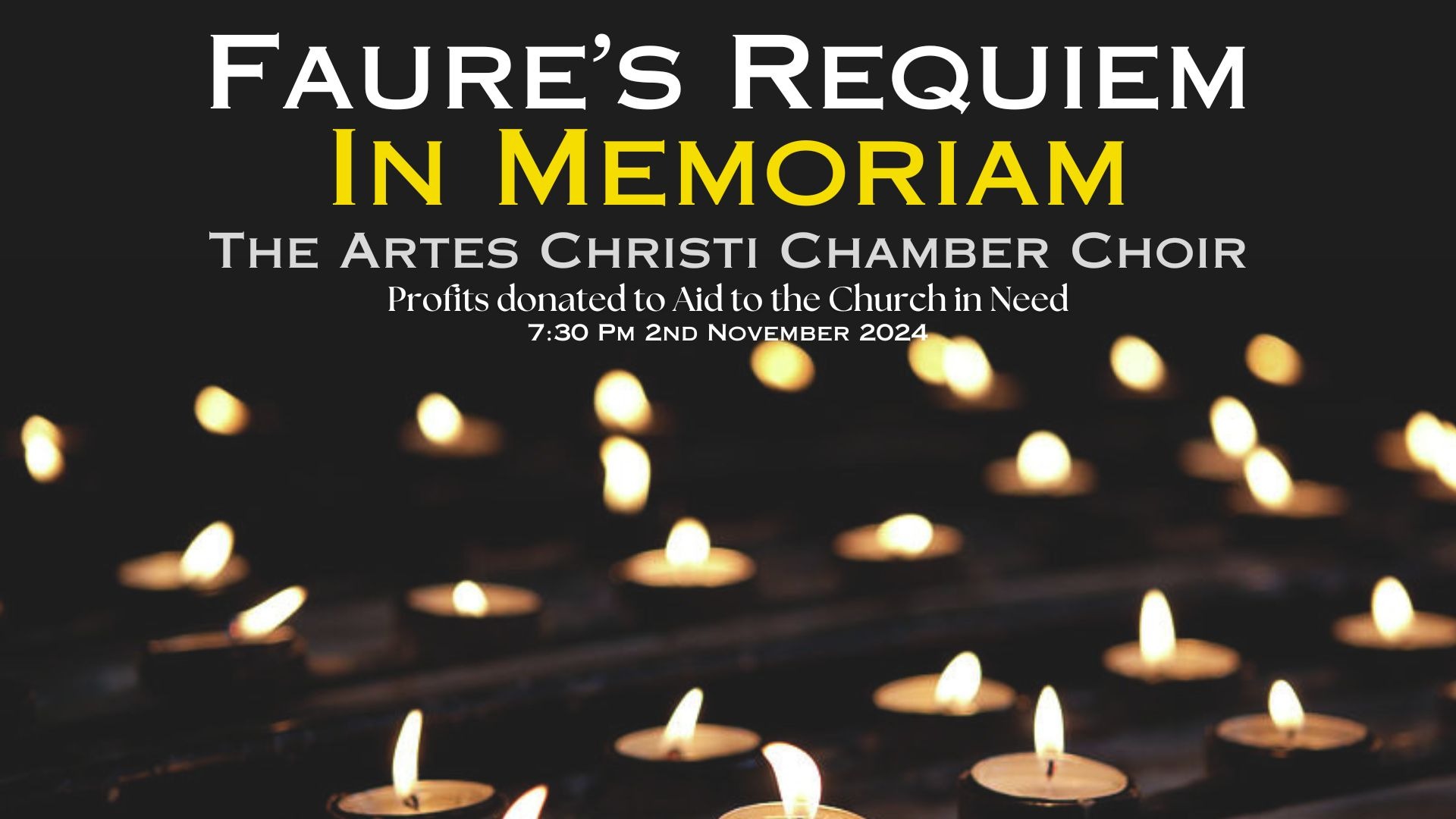
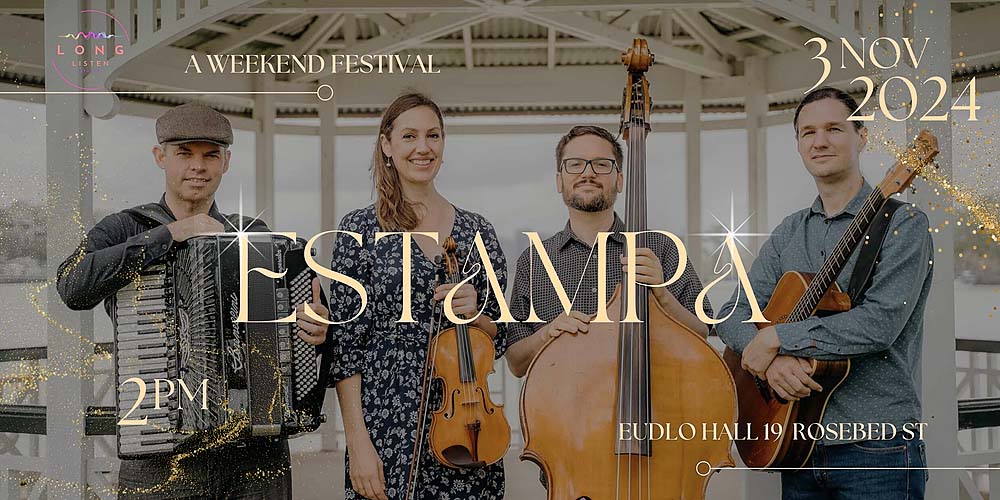

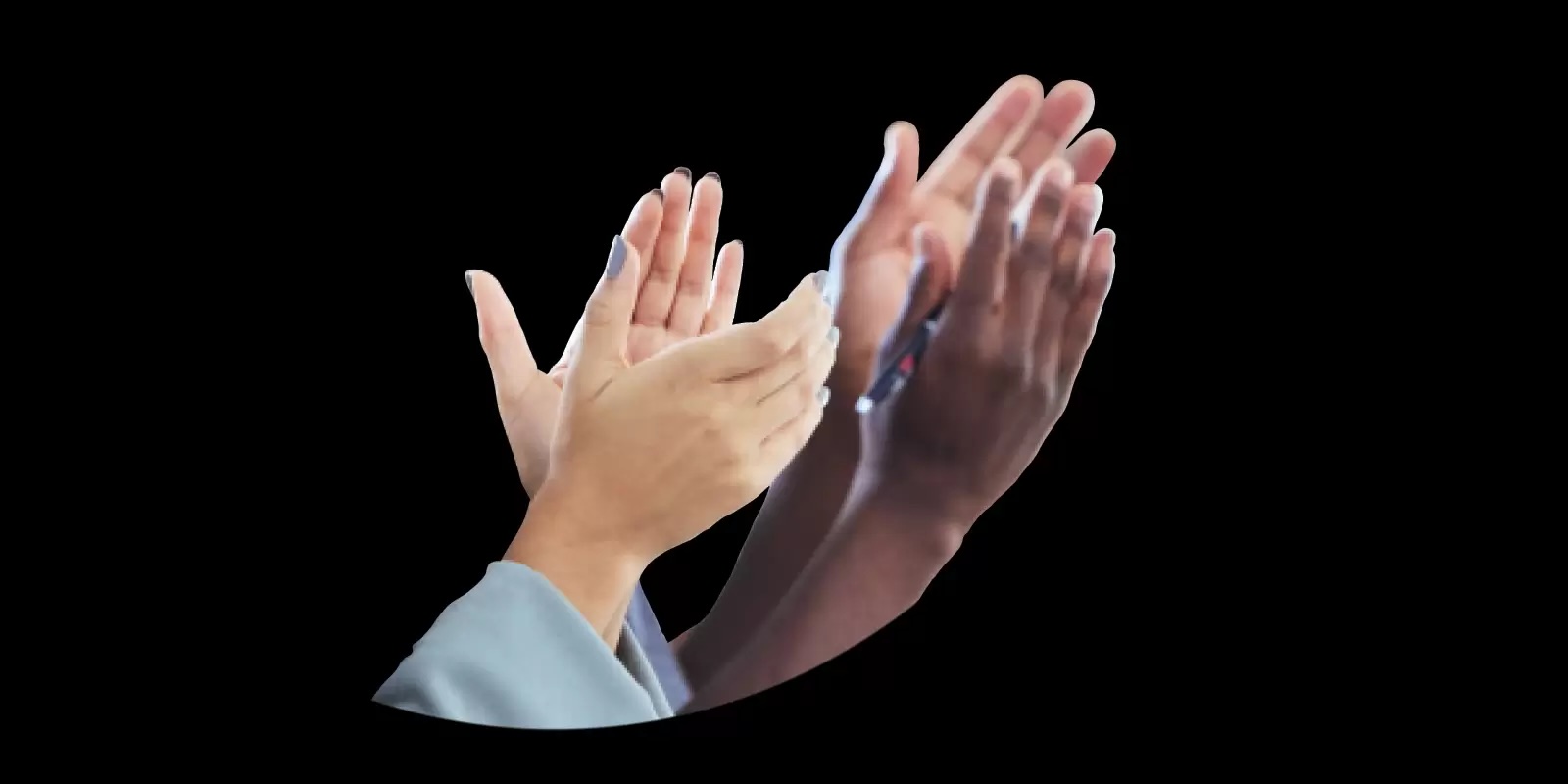



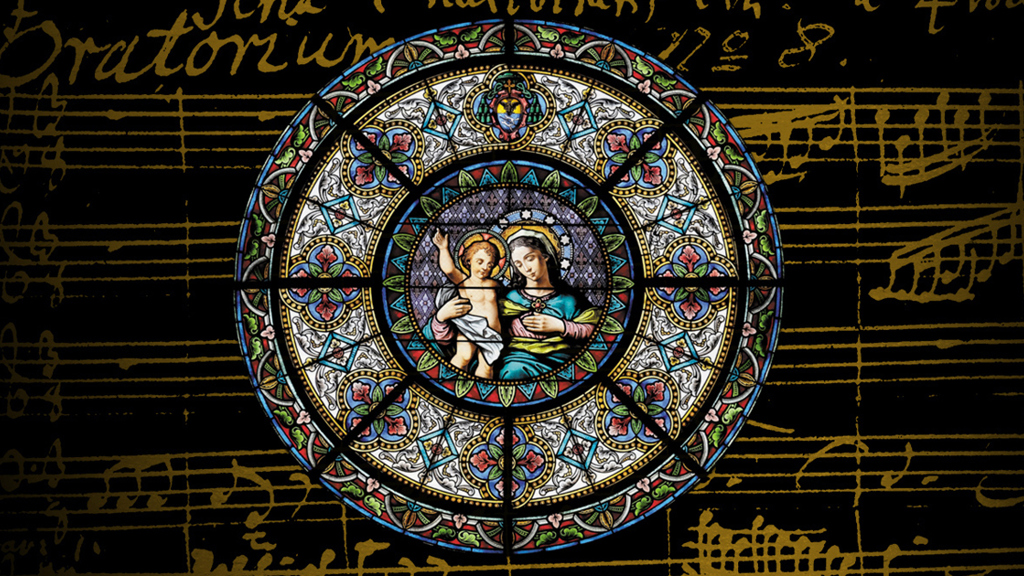
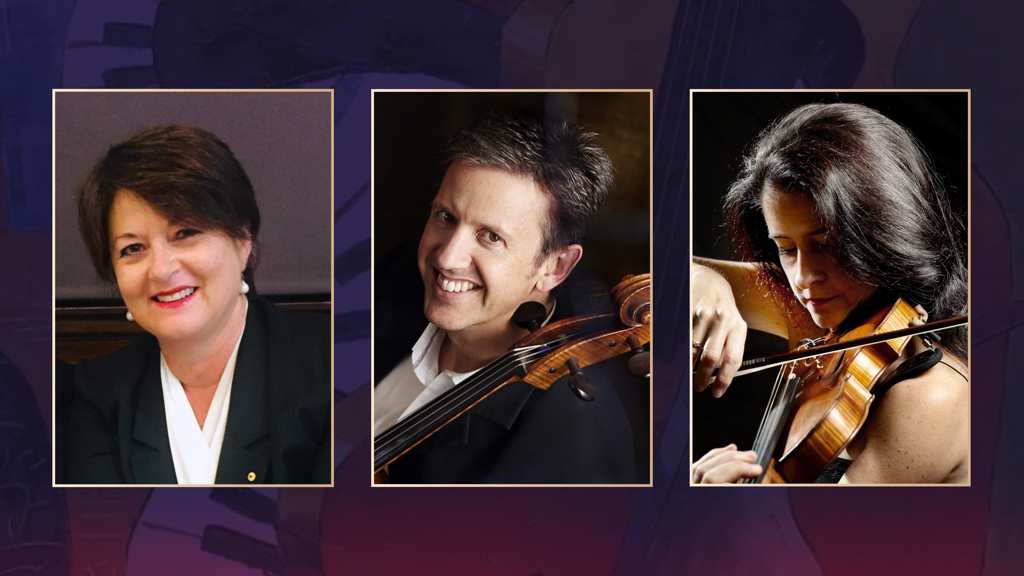

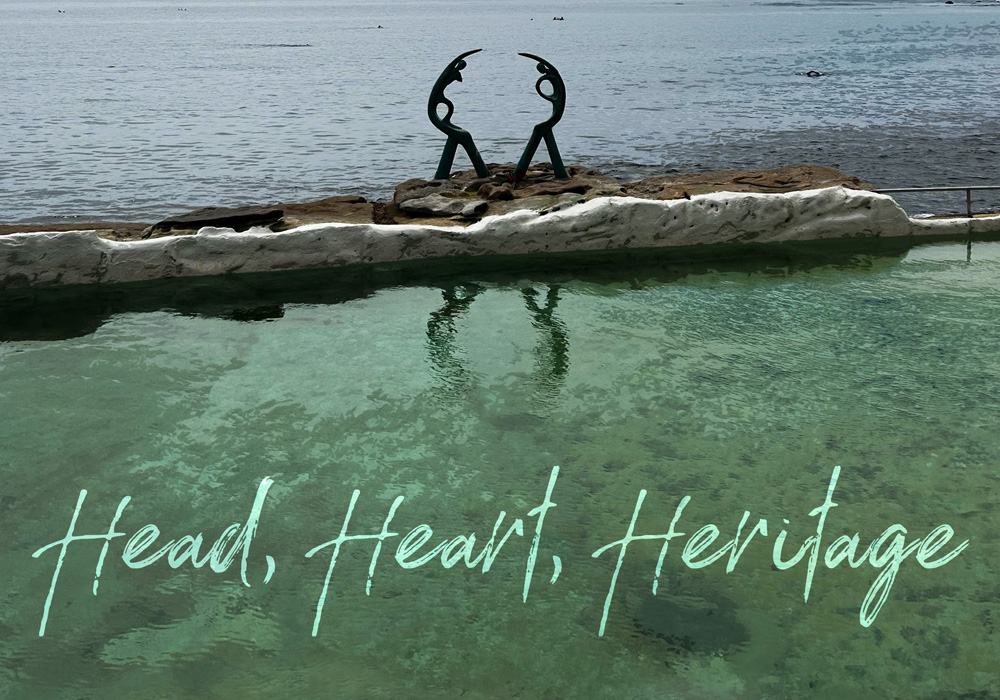
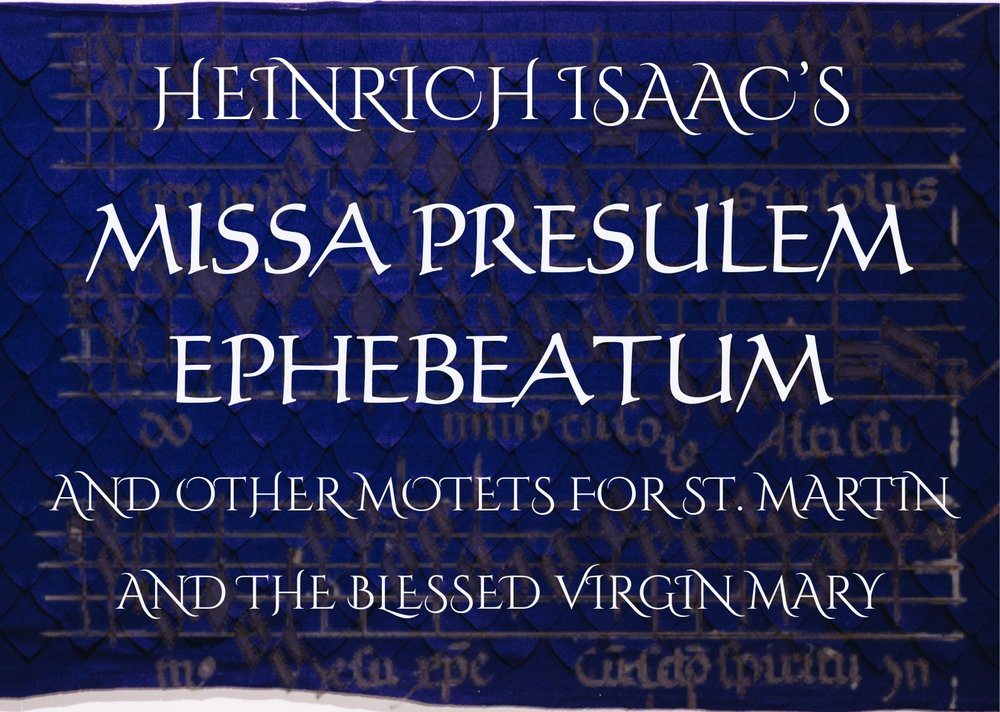

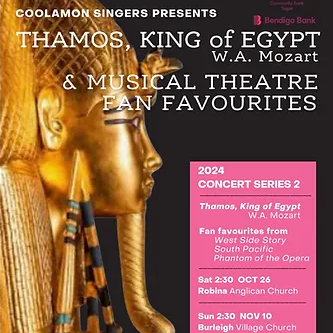
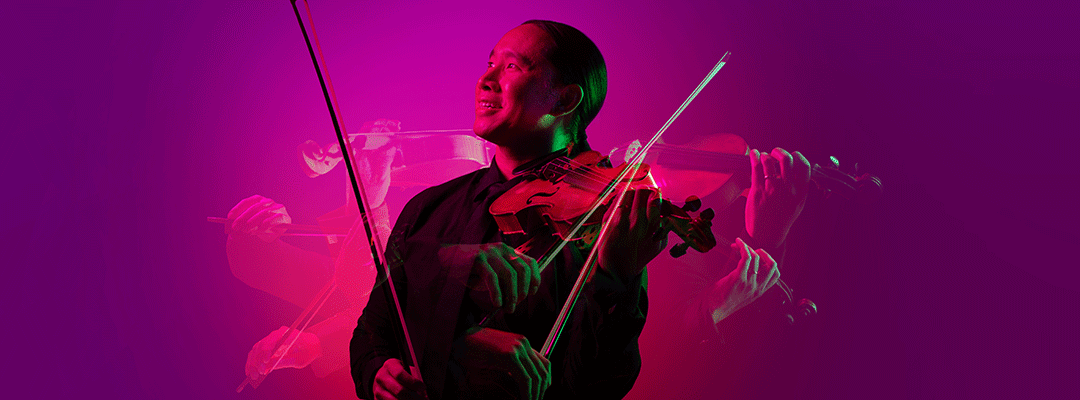


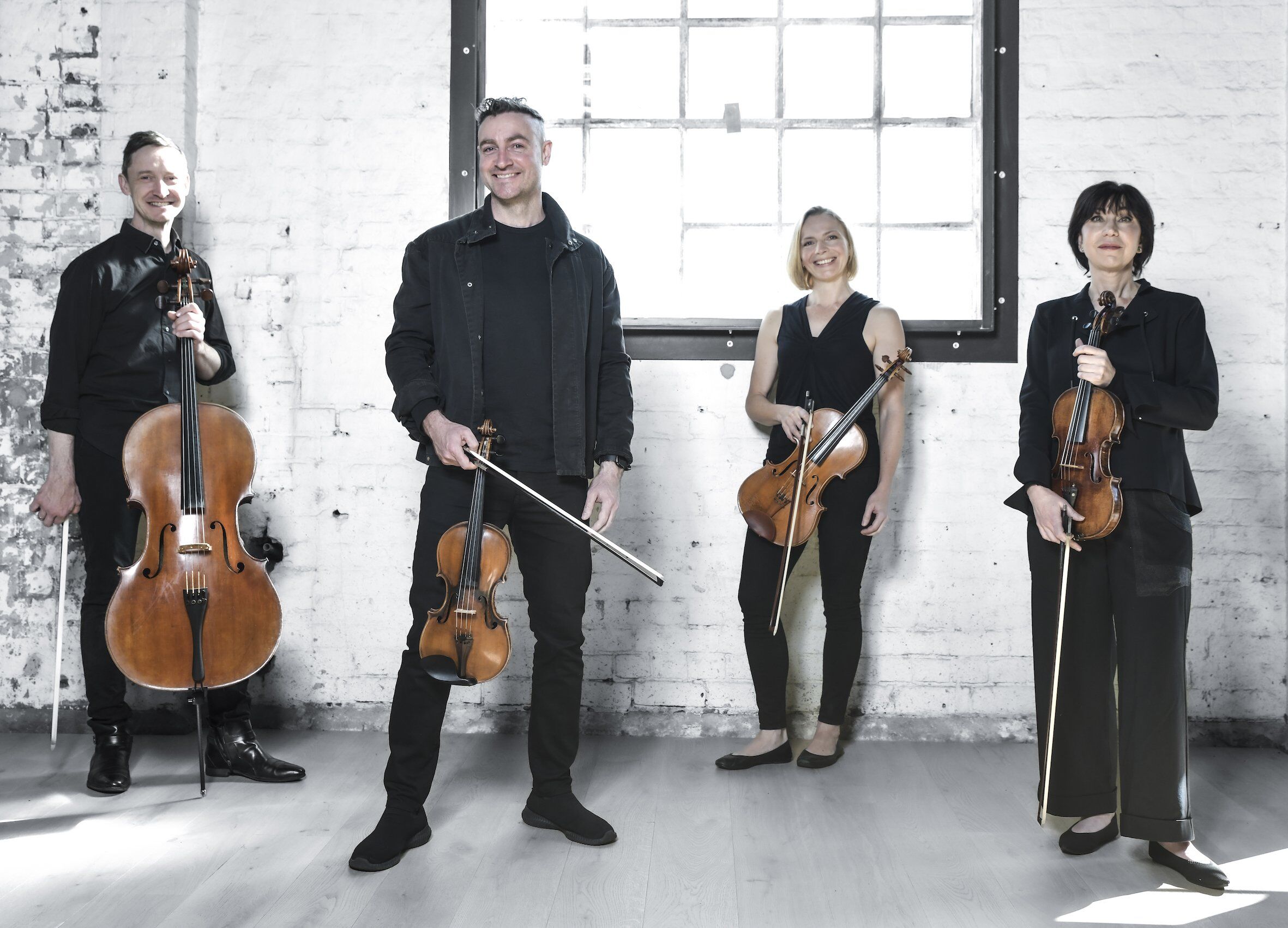

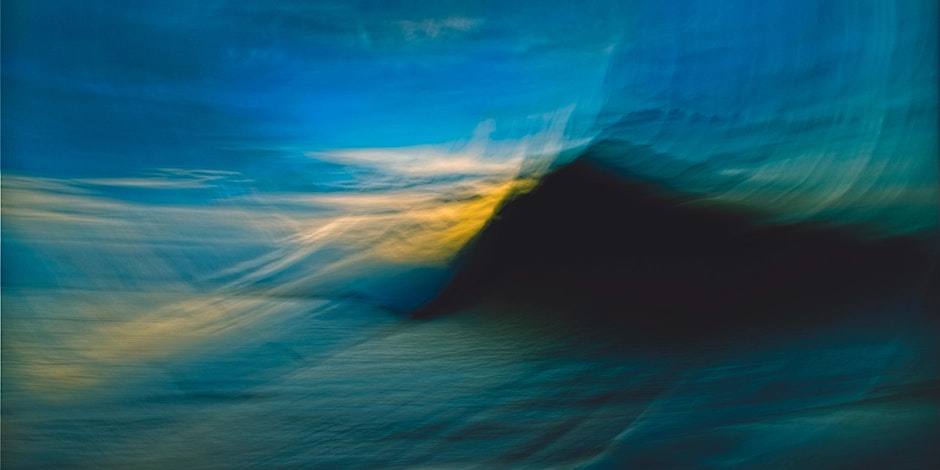

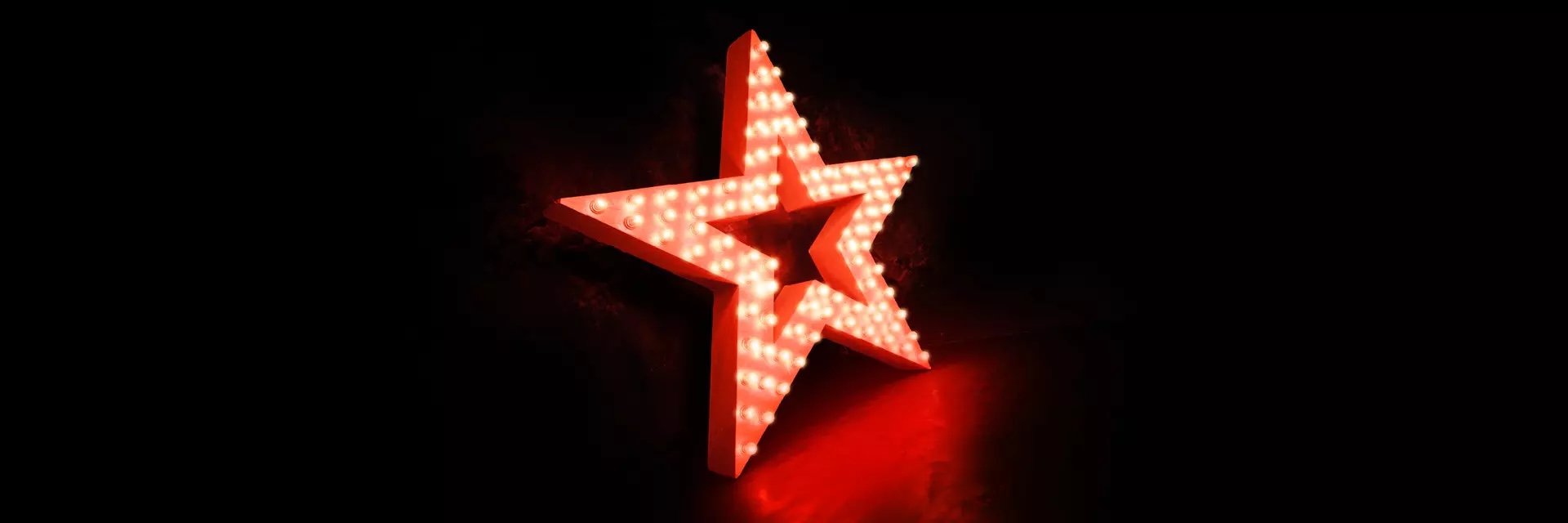

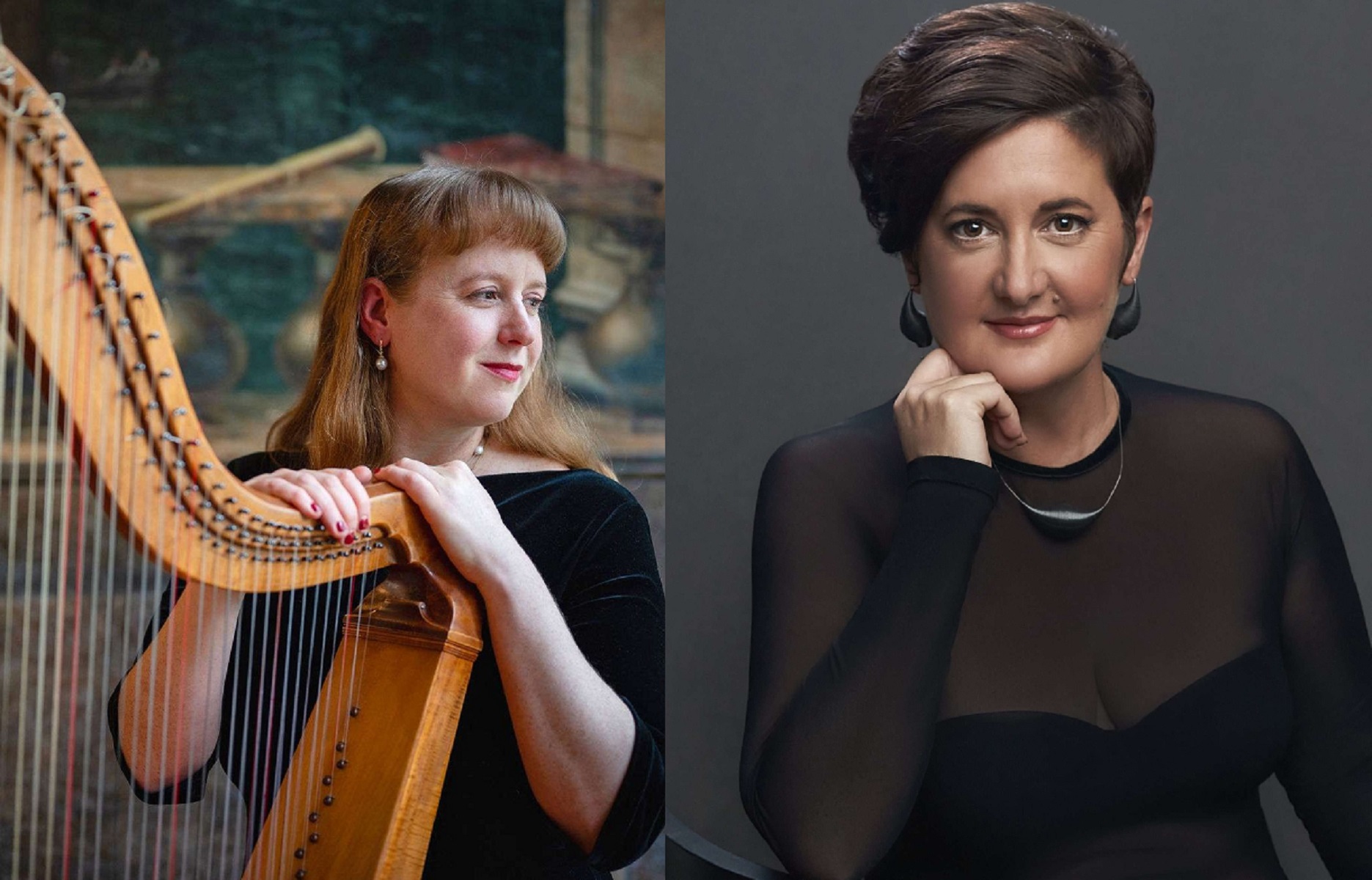
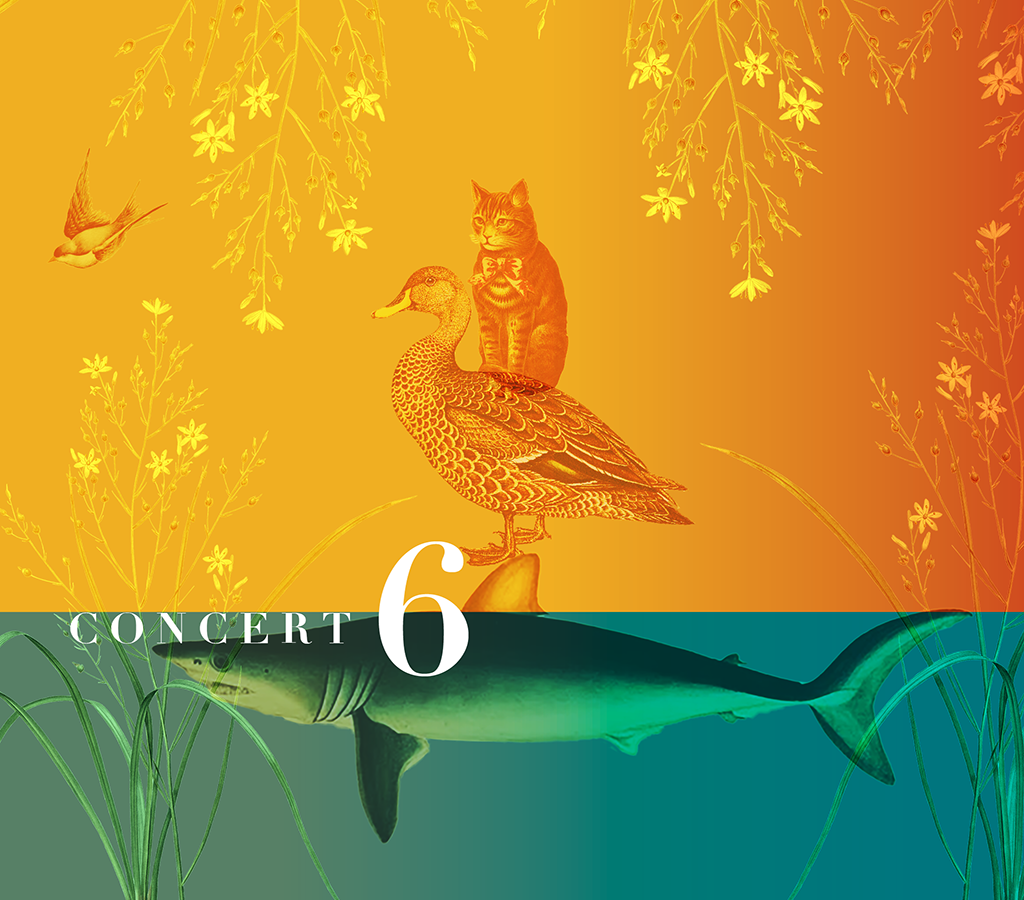

![user222 mrc mostlymozart [splendour of vienna] user222 mrc mostlymozart [splendour of vienna]](https://cdn-classikon.b-cdn.net/wp-content/uploads/2024/02/user222-mrc_mostlymozart_splendour_of_vienna.png)

